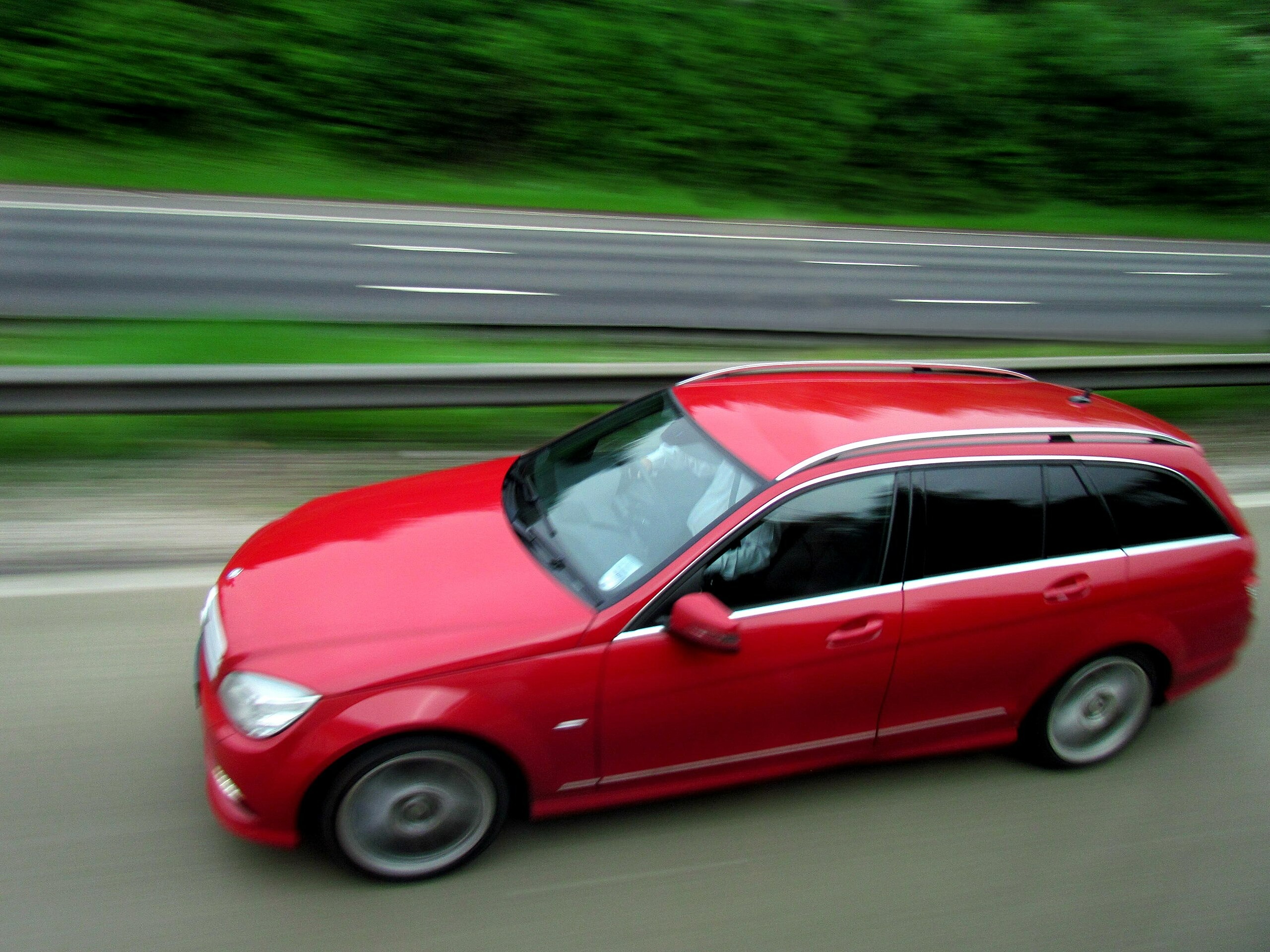Traffic lights turn green, yet you hesitate for that split second while your engine cranks back to life. That awkward pause? Your car’s automatic start-stop system creates timing issues at intersections. While manufacturers market this “eco-friendly” feature as planetary salvation, many drivers find themselves fumbling through intersections with unfamiliar delays disrupting their usual driving rhythm.
The Split-Second Safety Problem
Delayed reactions at intersections create traffic flow chaos and driver frustration.
Making a yellow light becomes challenging when your engine needs time to restart. The system’s restart delay—however brief—throws off your timing at intersections, creating gaps between green lights and actual movement. That moment when the car behind you honks because you didn’t instantly accelerate? Those delays can escalate driver frustration and affect traffic flow patterns.
Mental Bandwidth Hijacked by Engine Management
Drivers monitor their car’s decision-making instead of focusing on road conditions.
Your brain juggles an extra task: predicting when the system will actually work. Cold engine? The system stays off. Low battery? Not happening. Is the air conditioning running? Maybe, maybe not. This monitoring pulls attention from scanning for pedestrians or watching traffic patterns. You’re managing engine technology while trying to navigate rush hour.
The Fuel Economy Reality
Real-world savings are minimal compared to manufacturer claims and regulatory requirements.
EPA ratings assume you spend significant time idling, which most drivers don’t experience. Your actual fuel economy savings are typically measured in single-digit percentages, according to EPA and FuelEconomy.gov data. Automakers primarily implement start-stop systems to meet government fuel economy standards rather than deliver substantial consumer benefits. The regulatory compliance motivation outweighs practical driver advantages.
Taking Back Driving Control
Most vehicles allow manual override, though manufacturers often hide the option.
If you’re frustrated with unpredictable engine behavior at stoplights, the disable button exists—usually buried in settings menus or requiring a specific sequence each startup. Many drivers immediately turn off start-stop when starting their cars, choosing predictable performance over minimal environmental gains. Your driving confidence shouldn’t depend on automated system performance.
The key question isn’t whether start-stop saves fuel, but whether small environmental gains justify the potential disruption to driver attention and timing. When technology affects your driving confidence, the off switch might be your best option.





























